First of all – how many bedroom wall lights do I need?
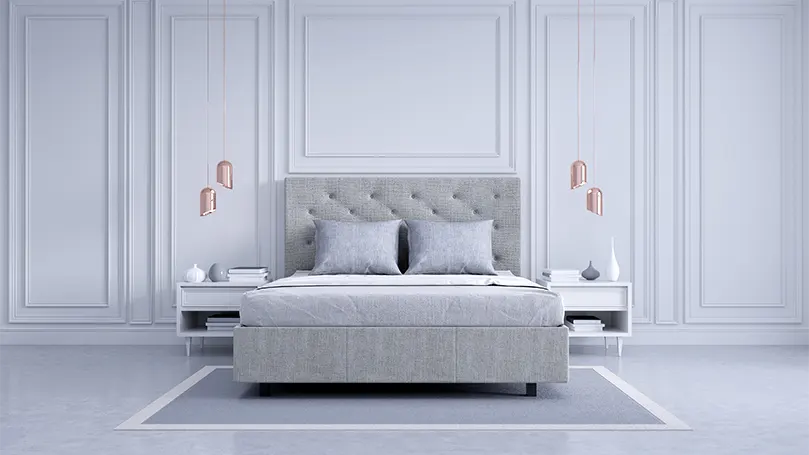
In theory, if each of us has a bedroom of identical dimensions, then it might be possible to answer this question. But since every bedroom is different, then the size will primarily determine how many wall lights you need. It is believed that the distance between the two lights should be somewhere from a meter and a half to two meters.
However, there are no clearly defined rules, as everyone has different preferences. Some people like the room to be brighter, and some people want only a few lights that will be dimmed. Some other factors affect the number of wall lights too.
For example, if you also have a chandelier, then wall lights are not the only source of artificial light so distance between them can be bigger.
Do I need a single light or a pair of lights?
Again it is hard to say whether you need a single light or a pair of lights. If the room is very small, then a pair of lights is probably not necessary. But that doesn’t mean you will make a mistake if you implement a pair of lights even in such a space.
If you decide to go with pair of lights, it is important that you position them so that they do not look odd. Make sure that they are lined up properly and that they look identical, otherwise they will differ from the rest of the room, in a way that is not positive.
How should I point my bedroom lights?
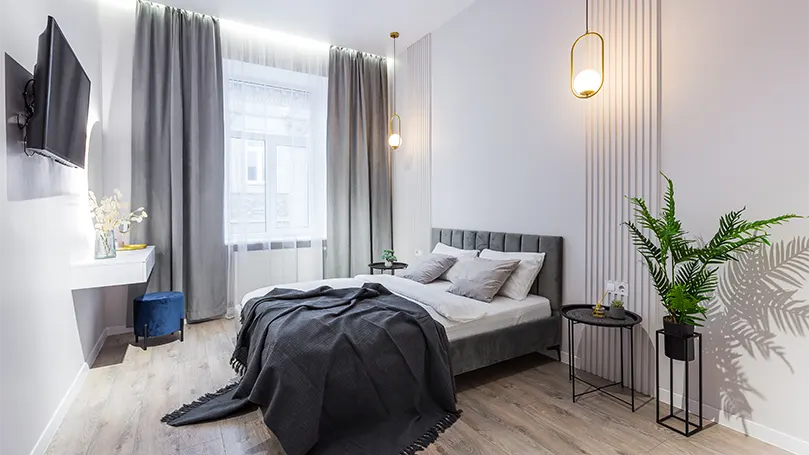
In general, bedroom wall lights can be pointed up or down. As the name suggests one type points light upwards, along the wall towards the ceiling, while another type points downwards, towards the floor. Whether the light will be directed completely upwards or downwards or will be more of a mix depends on the type of wall light and lampshade.
Both options are considered good for the bedroom, but the interior designers in many cases opt for upward light. Why so? If your eyes have direct contact with the bulb before sleep it can negatively affect the secretion of melatonin so that is the main reason to choose upward wall light.
Nevertheless, downward wall light should cause major problems as well.
The positioning of bedroom lights
Now let’s focus on positioning of bedroom wall lamps. Height, spacing and location are most important when deciding where to position wall lights. Those factors are going to decide how your bedroom will look like and whether you will have too little or too much light. So don’t just buy and install lights anywhere, but rather consider following.
Height
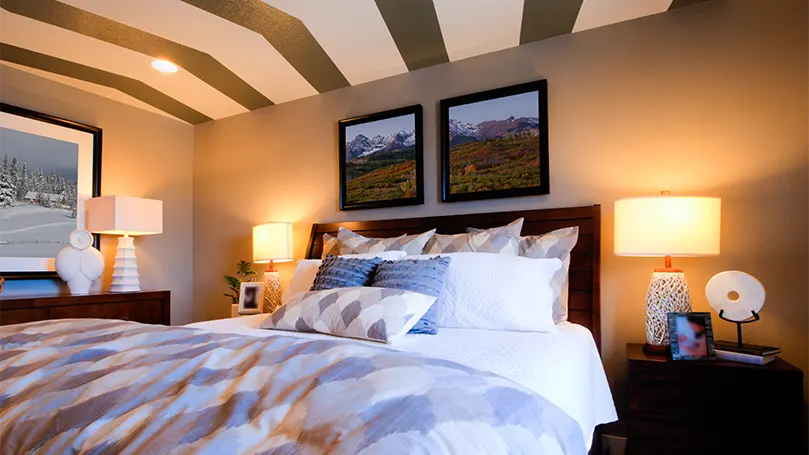
The height of the ceiling is mostly similar in all modern houses and apartments. Wall lights should not be set too high or too low because then they lose their function.
It is also not pleasant when the lights are installed exactly at eye level, so it is ideal to install them at a height of 190 cm roughly. Of course, it depends on the height of your family members, but also on the type of lights. You should remember that it all depends on your preferences, you don't have to stick to what someone else likes or recommends.
Spacing
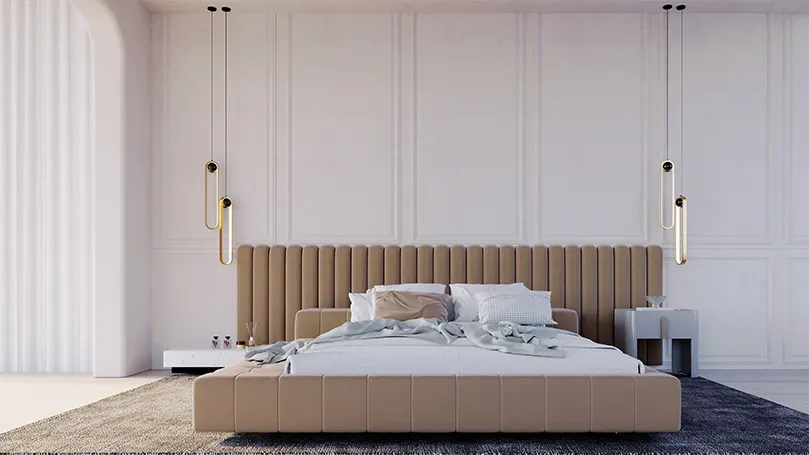
We already mentioned spacing. We told you that the distance between the two lights should be somewhere between a meter and a half to two meters. If you use very powerful light bulbs, then the distance can be even greater. And if you opt for light bulbs that are not so bright, the distance does not have to be more than a meter.
Also spacing differs based on a symmetrical or asymmetrical placement of wall lights. Many opt for a horizontal setting that is the most natural, but asymmetry can make the bedroom look very interesting.
The most important thing is to keep the functionality and that the room is not as bright as the operating room, nor too dark as a dungeon in a medieval castle.
How to choose a bedroom wall light?
Now you probably think you’ve done most of the work, but the real quest actually starts when you need to choose a model of bedroom wall light. The UK market is so large that you can find a wide variety of shapes, materials and types. This is great because you will be able to find exactly what you want, but on the other hand it means that you should not make a decision lightly.
Material
The choice of material will depend on your budget and how you want the wall lamp to look like. There are many affordable options such as PVC, cork and different types of plastic. With great advances in material processing in recent years, even more affordable materials will not look cheap.
If you want to spend more money, then go with metal or wood. Whether metal, wood or some other material fits better depends on the overall look of the room, the material from which the furniture is made, carpets and curtains. You certainly have bigger choice compared to choosing outdoor wall lights since material does not have to be weather-resistant.
Shape
You have endless possibilities to find decorative lighting. Whether you want the classic wall light model we see in homes for decades or you want something completely modern, you are sure to find at least a few satisfying options. If you like an unusual design, you can choose to have different wall lights on each wall. We were amazed by the variety of shapes of fixtures.
Lighting intensity & type
Lumens (lm) are the unit of measurement that indicates lighting intensity. This is the easiest way to find the intensity you need. Keep in mind that not every lightbulb socket is compatible with every bulb. If you install a bulb that is too powerful for a light bulb socket a short circuit may occur. So when buying, check characteristics of light socket in order to later select a bulb with the appropriate number of lumens. LED bulbs are a better option because they are eco-friendly and do not heat up, which prolongs the service life of the socket. LED bulbs don’t have to be white, you can find warm yellow nuance.
Wired VS switch VS smart
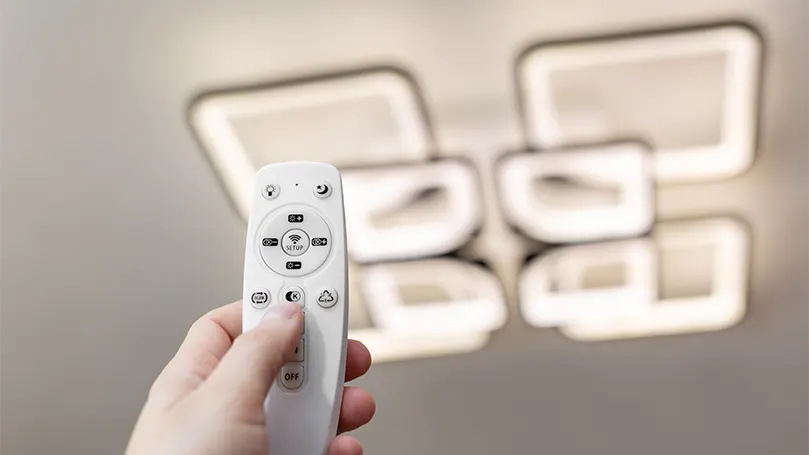
Whether the wall light will be wired or switch is actually more important than it may seem at first. Plug and switch models are ready to use immediately. They have a cable that you will plug into the socket and switch to turn the light on and off. Hard wired models require more complicated installation. It is necessary for the electrician to connect them to the electricity supply. Their advantage is that no cables are visible, which significantly contributes to the appearance of the room.
There are also smart options, which are gaining in popularity every day. Smart homes are no longer a matter of the future but of the present, and light is one part of a smart home.
With the help of a smartphone or tablet app you can control wall lights.
What is the difference between a sconce and a light bulb?
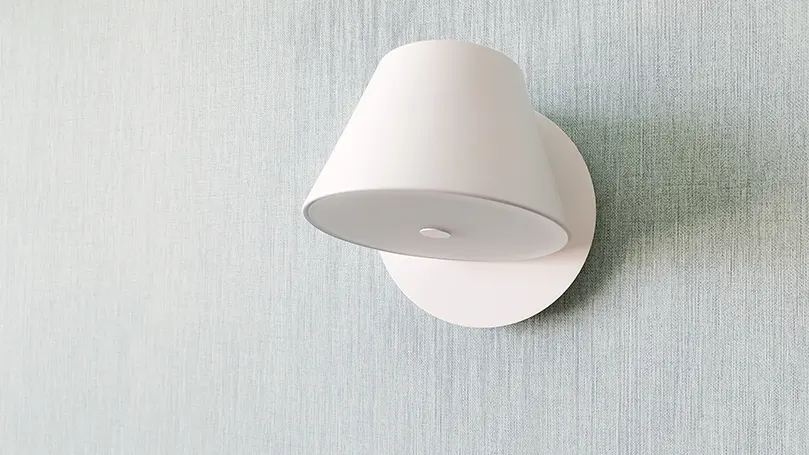
Many cannot find the difference between a sconce and a light bulb, because the difference is so small that very often both terms are used for the same thing. But we will explain to you what the difference is because the difference exists on a technical level.
Wall lights are those lights that has bulb covered with something, such as wood, glass or some other material. Wall scones have a “naked” light bulb. But since rarely do manufacturers and sellers differentiate between sconces and wall light, our advice is not to search under different terms but to look at the product image before you are sure which type it is.
Should I light up my art on walls?
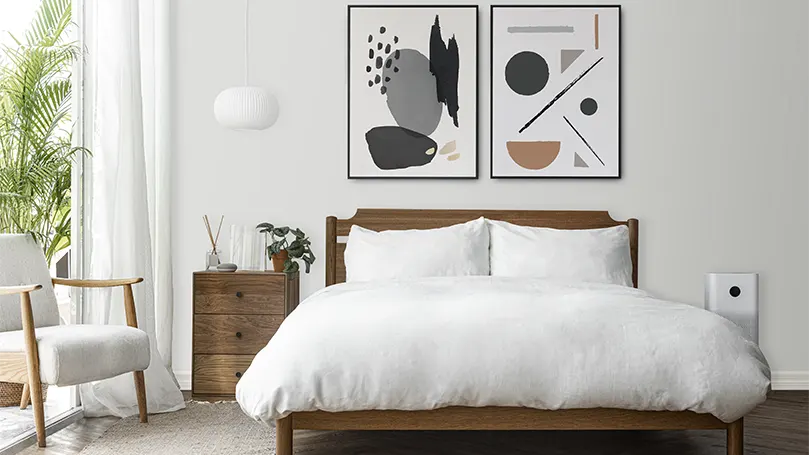
You can use wall light to create a statement. That is why wall light is very suitable to help you put works of art you have, which are mostly paintings, under the spotlight. To achieve what you want, it is not enough to just put wall light next to the art.
You have to do it by following the rules. It may seem simple, but to do it properly you will need the help of an art historian, museologist or a specialised interior designer. Remember what it looks like in the world's best museums. Of course, your wall should not look like the wall where the Mona Lisa is located in the Louvre. For art, it is best to use sconce, as well as bedside reading lights.
Conclusion
And that's all you need to know about setting up your bedroom wall lights and making your bedroom shine! If you have any questions or even ideas of your own, feel free to share in the comments!

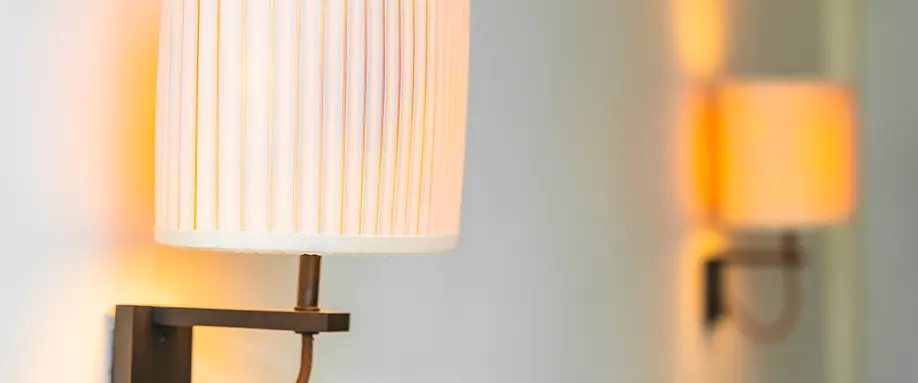
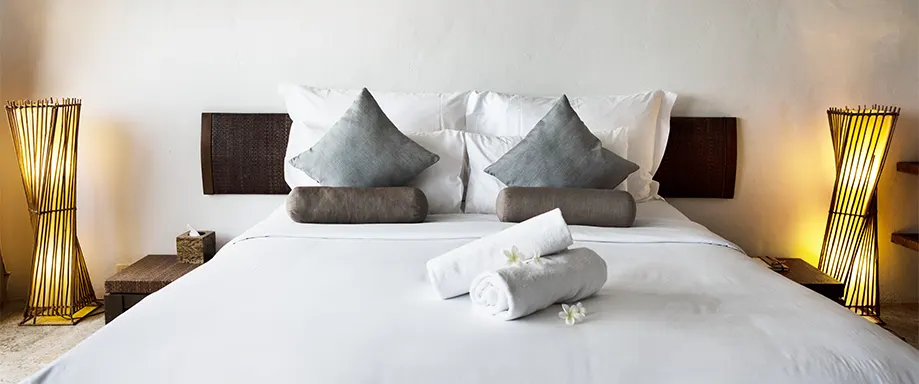













There are no comments yet
"*" indicates required fields